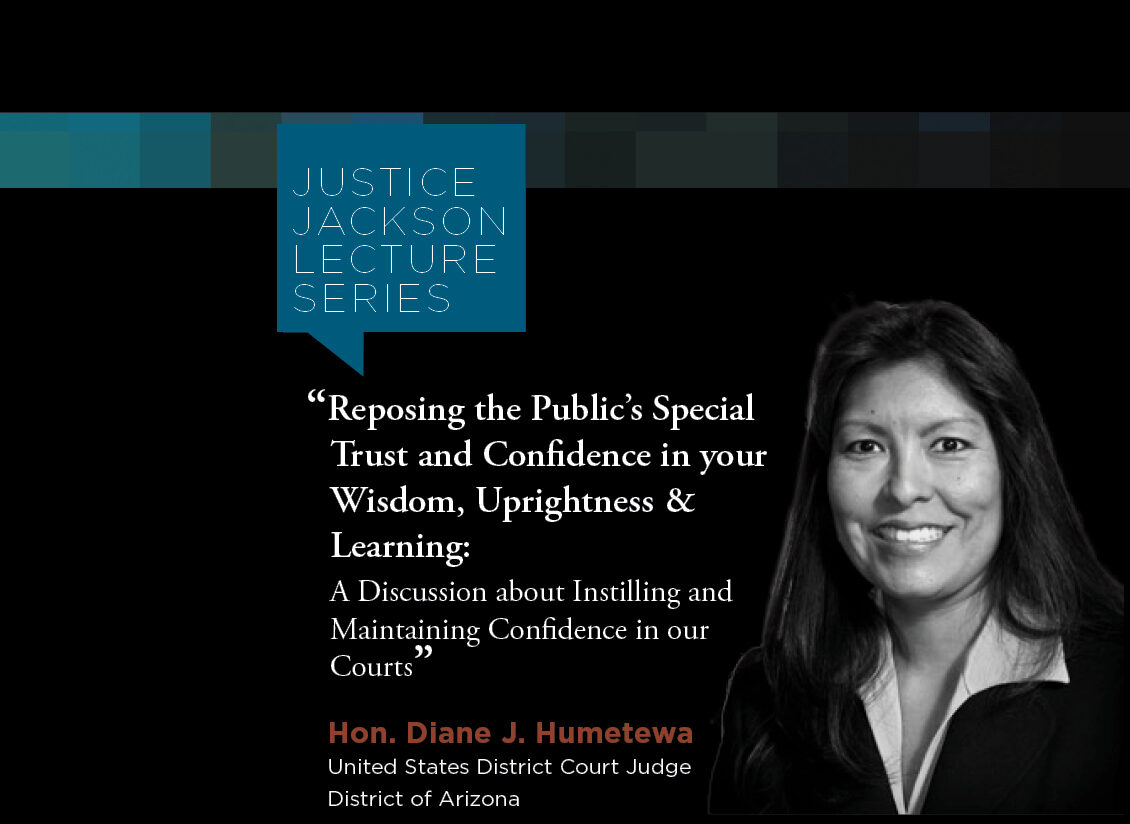

The December 1989 mail-bomb assassination of Judge Robert S. Vance of the U.S. Court of Appeals for the 11th Circuit taught many judges to have a plan in place for dealing with potential bombs.
Here’s the strategy adopted by one judge:
- Any package that came to his home was to be addressed with a code name, not his real name. If a package arrived without the code name, it was the first red flag.
- Any package delivered to the home would be expected. His family, including extended family and friends, were to inform one another about what was ordered and from whom, when it would be delivered and which carrier. If not done this way, that was a second red flag.
- When an unexpected and very suspicious package arrived, all flags were raised, and the judge took immediate action. He and his family vacated the home.
- His next step was a call to me, and I called the bomb squad. We saw a package that was poorly wrapped and torn, an unrecognizable return address, taped too heavily, and delivered by UPS with a FedEx box showing through the torn wrapping paper.
One amendment to the aforementioned plan would be that the package never get delivered to the home. Get a private mailbox or have parcels sent to your office if it has proper screening protocols and equipment in place.
More to think about
Successful targeted attacks against the judiciary almost always occur at the residence or at a place where the judge’s routine stops are known (i.e., parking at office, social-media-posted favorite lunch spot, etc.). Being situationally aware at these locations is paramount.
Attacks on judges almost always stem from court cases. This means judges would potentially know their pursuers and why they were being attacked.
Threats prior to judicial attacks are rare. According to the U.S. Secret Service’s Preventing Assassination: Exceptional Case Study Project, only 4 percent of assailants sent threatening communications to their targets prior to the attack. At this time it is unknown if the recent public-figure pipe bomber made direct threats to kill his targets beforehand.
Attackers conduct research out of view initially and will exploit weaknesses, as we’ve seen with the alleged pipe-bomber and Judge Vance’s murderer. A cloak of familiarity with the sender/return address is a common tactic.
Be an active participant in your own safety. If you do not have a plan at home, create one. If you are unsure of the office plan, take the time to understand it. Communicate them and practice at both locales.

The Hon. Mary-Margaret Anderson (Ret.), a retired administrative law judge with the California Office of Ad...

Happy October, Gaveliers faithful. Are you loving this or what? No one believed a team made up of judges...


Hon. Diane J. Humetewa, the first Native American woman and the first enrolled tribal member to serve as a ...

Retired Massachusetts Chief Justice Margaret H. Marshall has been selected as the 2024 winner of the presti...